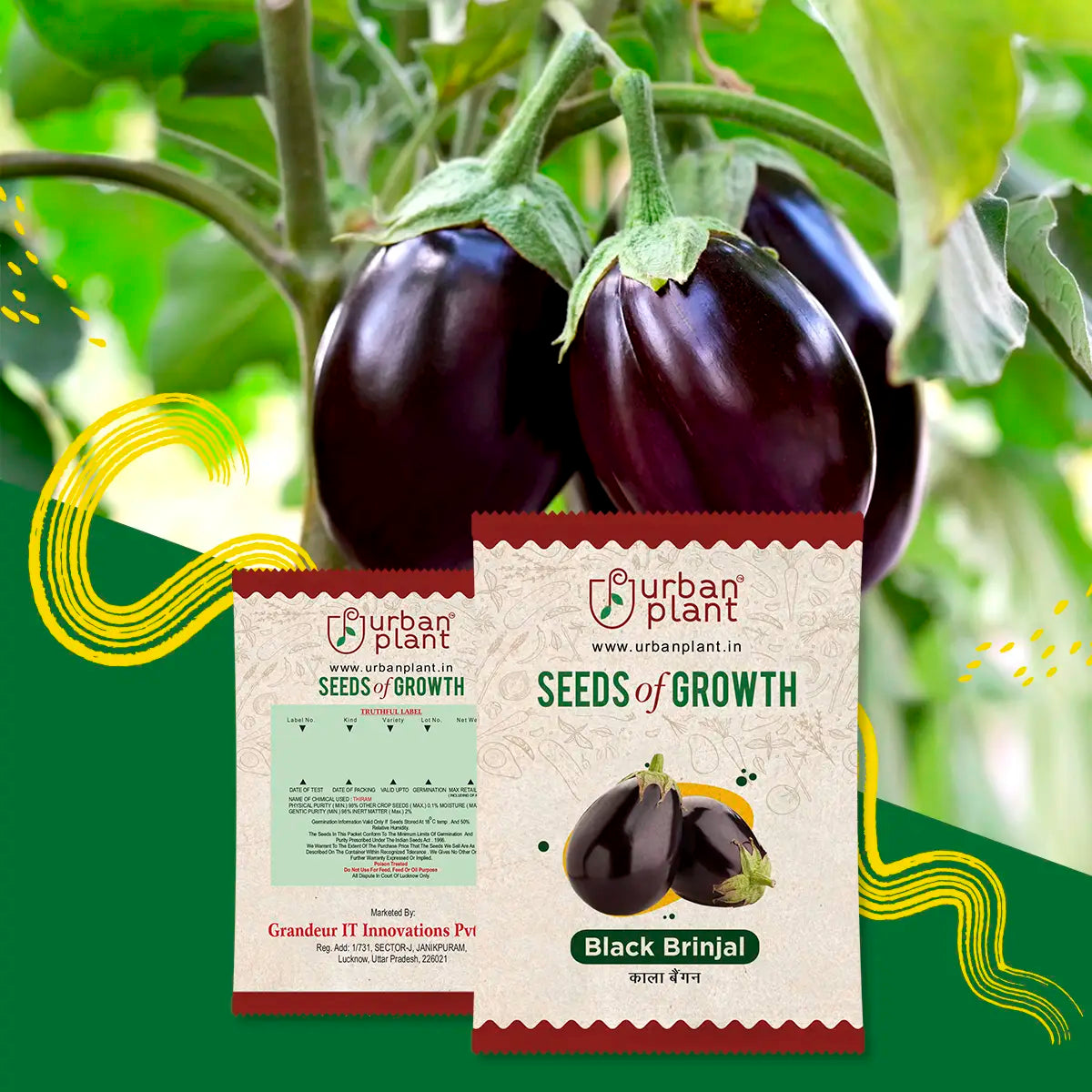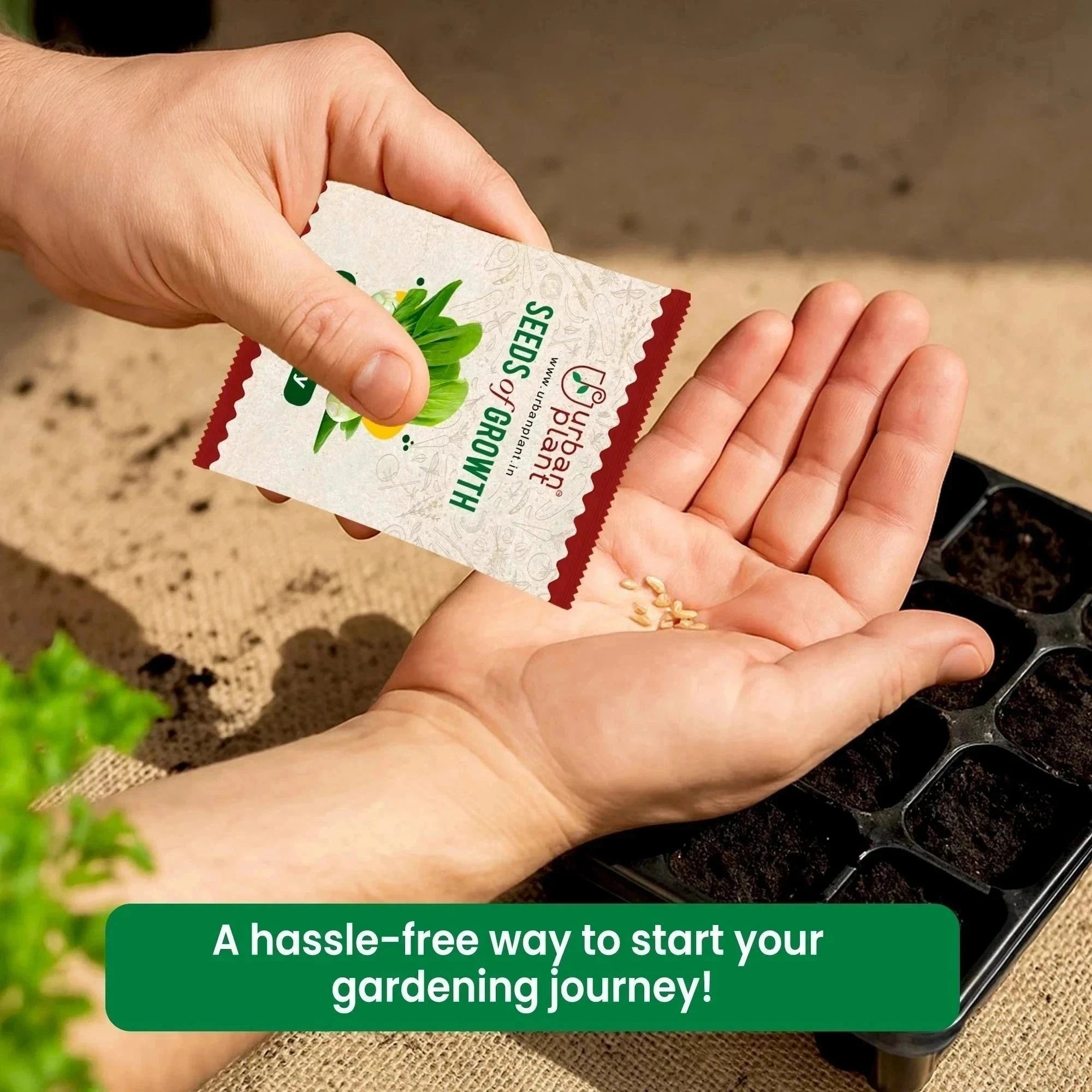Description
Brinjal, also known as eggplant, is a popular and versatile vegetable known for its rich, tender flesh and slightly bitter taste. Perfect for a variety of culinary dishes, from stir-fries to curries, its vibrant purple colour adds a striking visual appeal to any garden. Brinjal plants thrive in well-drained, fertile soil, requiring regular watering and sunlight to grow successfully. These plants are a great choice for home gardeners looking to cultivate fresh, homegrown vegetables, and they adapt well to both garden beds and containers. Enjoy the satisfaction of growing your own brinjals, packed with flavour and nutrients!






